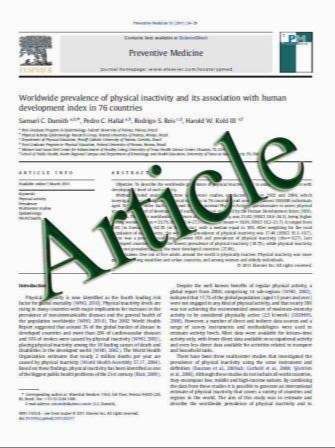Neural Mechanisms of Angiotensin II–Salt Hypertension: Implications for Therapies Targeting Neural Control of the Splanchnic Circulation
- نوع فایل : کتاب
- زبان : انگلیسی
- مؤلف : John W. Osborn & Gregory D. Fink & Marcos T. Kuroki
- چاپ و سال / کشور: 2011
Description
Chronically elevated plasma angiotensin II (AngII) causes a salt-sensitive form of hypertension that is associated with a differential pattern of peripheral sympathetic outflow. This “AngII-salt sympathetic signature” is characterized by a transient reduction in sympathetic nervous system activity (SNA) to the kidneys, no change in SNA to skeletal muscle, and a delayed activation of SNA to the splanchnic circulation. Studies suggest that the augmented sympathetic influence on the splanchnic vascular bed increases vascular resistance and decreases vascular capacitance, leading to hypertension via translocation of blood volume from the venous to the arterial circulation. This unique sympathetic signature is hypothesized to be generated by a balance of central excitatory inputs and differential baroreceptor inhibitory inputs to sympathetic premotor neurons in the rostral ventrolateral medulla. The relevance of these findings to human hypertension and the future development of targeted sympatholytic therapies are discussed.
Curr Hypertens Rep (2011) 13:221–228 DOI 10.1007/s11906-011-0188-9 Published online: 5 February 2011


